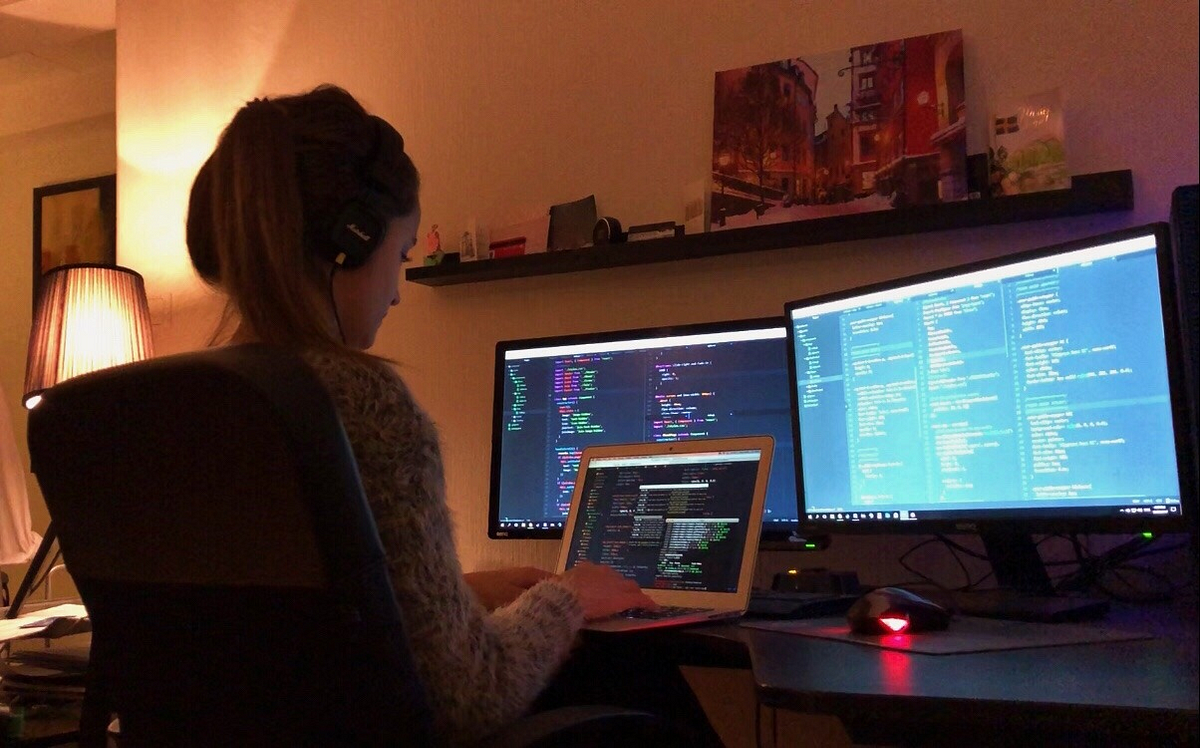Committed Developers vs. In-House Teams: Which Is Right for You?
The choice between utilizing committed programmers and preserving an in-house team is a substantial one that can impact the trajectory of your tasks and overall business method. On the other hand, internal teams contribute to a cohesive firm society and a nuanced understanding of lasting objectives.
Understanding Devoted Developers
The expanding demand for specialized abilities in the technology industry has caused the development of committed developers as a practical option for many organizations. These professionals are generally gotten on a task basis, allowing companies to utilize particular knowledge without the long-lasting dedication connected with full-time hires. Committed designers are usually embedded within a customer's group, offering flexibility and scalability to satisfy project demands.
This model permits organizations to access a worldwide skill swimming pool, which is especially advantageous in a swiftly progressing technological landscape. Dedicated developers can be sourced from numerous geographical places, making certain that business can find the right ability at affordable prices. They typically bring a wealth of experience and understanding, having worked with diverse projects throughout different markets.
In addition, committed developers can focus exclusively on the tasks available, boosting efficiency and performance. They are outfitted to incorporate perfectly into existing workflows, working together very closely with internal groups to accomplish job objectives. This strategy not just reduces the problem of employment and training however also allows organizations to stay active, adjusting promptly to altering market needs and technical innovations.
Advantages of In-House Teams

Furthermore, internal teams tend to have a much deeper understanding of the firm's objective, worths, and objectives. This placement can enhance worker involvement and inspiration, as group members really feel a lot more linked to their work and the company's success. In addition, having a dedicated internal group permits for much better positioning of techniques and objectives, as these members are consistently concentrated on the firm's priorities.
Internal groups also promote quicker decision-making processes, as they can react a lot more swiftly to obstacles and modifications. The well-known relationships and familiarity with firm methods permit streamlined operations and reduced miscommunication. Eventually, the combination of a natural society, placement with business goals, and reliable interaction makes in-house groups a valuable possession for several organizations, particularly those aiming to grow lasting growth and advancement.
Cost Factors To Consider
When reviewing expense factors to consider, both specialized programmers and in-house groups present distinctive monetary effects for companies. Involving dedicated designers generally includes a pay-per-project or hourly rate design, which can be affordable for services with rising and fall project demands. This strategy permits versatility in visit this web-site scaling resources up or down, guaranteeing that business just spend for the services they require.
On the other hand, internal groups involve taken care of expenses, consisting of salaries, advantages, and overhead expenditures such as office and tools. While this version offers better control and prompt schedule of resources, it might lead to greater long-lasting expenses, especially if the workload does not justify a permanent team.
Moreover, companies must consider the hidden prices related to recruitment and training of internal employees, which can better strain budgets. In many cases, the moment and sources spent on managing an in-house team can detract from the organization's core service goals.

Job Administration and Adaptability
Project monitoring and versatility are important elements that affect the choice in between specialized programmers and in-house teams. Devoted groups frequently have established procedures for managing tasks properly, leveraging details methods like Agile or Scrum, which promote iterative progress and flexibility.

Eventually, the choice between internal groups and devoted programmers depends upon the desired degree of adaptability and the certain task administration needs. Companies have to examine their operational characteristics, job intricacy, and source accessibility to identify which option straightens ideal with their critical objectives.
Making the Right Selection
Picking the right advancement strategy-- committed designers or internal teams-- needs a mvp app development cautious evaluation of various factors that align with a firm's strategic objectives. Alternatively, in-house groups can provide much better connection and integration with existing personnel.
Following, assess your budget. Committed developers typically provide an economical service for short-term tasks, while in-house teams may sustain higher long-term costs because of salaries, benefits, and expenses costs. Assess the level of control and cooperation desired; internal groups normally promote stronger communication and placement with firm society.
Additionally, consider the time frame. If immediate outcomes click resources are needed, committed developers can be onboarded quickly, whereas developing an in-house group takes time for employment and training. Weigh the long-term vision of your company. If continual growth is crucial, spending in an internal team may produce better returns over time. Eventually, the choice depends upon a thorough evaluation of these variables, guaranteeing alignment with your firm's functional requirements and general goals.
Final Thought
In conclusion, the choice between internal groups and devoted programmers pivots on job requirements and organizational objectives. On the other hand, internal groups cultivate a natural culture and much deeper positioning with long-lasting objectives.
The choice in between making use of dedicated designers and preserving an in-house team is a significant one that can affect the trajectory of your tasks and general organization method.Task monitoring and flexibility are important variables that affect the selection in between specialized programmers and internal teams. software development partner.In contrast, internal teams may stand out in maintaining a consistent task monitoring structure due to their knowledge with the organization's society and lasting objectives. Devoted programmers frequently offer an economical option for short-term projects, while in-house teams might sustain higher lasting expenses due to incomes, advantages, and overhead expenses.In conclusion, the choice in between committed designers and internal teams hinges on job needs and organizational objectives